Unpretentious garden flowers ageratum from the aster family

This ornamental plant with peculiar, fluffy inflorescences is often called “long-flowered” for its long flowering and long-lasting flowers. Ageratum decorates the garden with abundant flowering from mid-June until the onset of frost. Despite its tropical origin, ageratum has adapted to our conditions and thrives in flower beds, balconies, rock gardens, and flower borders.
Content:
The most common type of ageratum
The genus Ageratum includes about 60 species of both annual and biennial plants. The generic name translates as “forever young.” It emphasizes the ability of this plant to bloom for a long time and maintain the bright color of the inflorescences for a long time. Ageratum cannot withstand winter frosts, so it is grown in open ground as an annual, and in closed ground as a perennial.
In wild nature ageratum grows mainly in Central America. In culture, the most common species is the species Ageratum Gaustona, the second name is Mexican. There are many known varieties of it, which differ in such parameters as leaf shape, plant height, flower color, and flowering time.
Low-growing varieties are an excellent decoration for low borders and carpet beds; tall varieties can be used for cutting.
Popular varieties of the Ageratum Gaustona species:
- Alba (Alba) - compact bush with white inflorescences
- Blausternchen (Blausternchen) - a dwarf bush with densely pubescent shoots with a purple bloom and small blue flowers
- Blue Ball (Blue Ball) - a low spherical bush with large leaves and lilac-blue flowers
- Summer Snow (Summer Snow) is a tall (up to 45 cm) plant that blooms profusely in white.
- Fire Pink - medium-height bushes with pink flowers
Recently, F1 hybrid varieties, characterized by intensive growth, have been increasingly used. Flowering is early, long and abundant. An important factor for border growing is short stature and compactness.
The following are popular hybrids:
- Atlantic – low bushes, purple-blue flowers
- Adriatic – low-growing plants, blue inflorescences
- Blue Ribbon – a distinctive feature is early flowering, blue flowers
- North Sea – dark purple inflorescences
Particularly distinguished among the F1 hybrids is the variety Purple Fields, the inflorescences of which have a color that is rare for ageratums - purple. Bushes 25 cm high can occupy a space of approximately 30 cm in width. The hybrid is called “purple fields” for its ability to cover the ground with a continuous carpet.
Another interesting hybrid – Red Sea, is distinguished by powerful, tall, densely leafy stems reaching half a meter in height, and red flowers, unusual for this species. Mixes of varieties are commercially available that include dwarf plants of various colors. Thus, the Hawaii Mixt mixture, planted in a flowerbed, can delight you with white, blue, lilac, pink, and purple blooms.
Among the many varieties, those that can be ordered or bought in flower shops deserve attention: Leda, Blue Mink, White Ball, White Bouquet, Red Bouquet, Kalinka.
Growing and care

Ageratum is grown from seeds or buy ready-made seedlings. To grow seedlings from seeds, place the seeds in containers or pots with moist soil. They are very small, so they should only be lightly sprinkled with earth on top. The soil is covered with film or glass. Leave the seedlings in a warm (20-22 degrees) room. Periodically remove the cover and spray the soil above the seeds with warm water.
When the first shoots appear, the film must be removed and the container taken to a cool place. In warm weather, the sprouts can stretch out very quickly, they will be weak and difficult to pick. Seedlings are picked (transplanted) after 2-3 true leaves have grown.
In order for the plant to have a more powerful bush, it needs to be pinched above the third or fourth pair of leaves. At this time it will reach about 10 cm in height. Seedlings do not like dampness, so moderate watering is required. Seeds are usually sown in late March or early April. Shoots will appear after 7-15 days, and flowering may occur in two months or a little later.
For those who want to preserve uniform planting material, last year's mother bushes are stored in a greenhouse or indoors, and in early spring they are cut and rooted in pots or containers. Plants grown from such cuttings are planted in open ground when warm days arrive.
Advice: Picking seedlings is mandatory, since otherwise the plants develop poorly and only after transplanting do they actively grow.
When stable heat sets in, plants are planted in open ground.This usually happens at the end of May or in the first half of June. Care consists of moderate watering, weeding, periodic loosening of the soil, fertilizing with organic and mineral fertilizers.
Light-loving ageratum prefers sunny open areas. When shaded, it stretches out, blooms unevenly, and in the shade it does not look as impressive as in the sun. On overly fertilized soils, a powerful bush forms, and on light, non-acidic soils, low compact plants grow, delighting with lush flowering.
Young shoots are afraid of even minor spring frosts, while in the fall plants can continue to bloom even at sub-zero temperatures. You can replant ageratum even during flowering. In autumn, the bushes can be transplanted into pots. In a cool place they will bloom for a long time and profusely.
Ageratum responds well to pruning and produces young, fast-growing shoots. To make the flower garden look beautiful and well-groomed, faded inflorescences are cut off along with the apical shoots. Bushes that are too elongated are pruned, leaving three internodes, which will give more abundant flowering.
It should be remembered that the plant is light-loving and does not tolerate waterlogging or feeding with fresh manure. Otherwise, ageratum is unpretentious and does not require special attention, which is very valuable when grown by amateur gardeners.
Use, combination with other colors
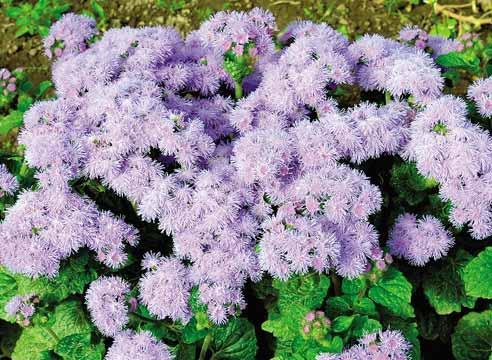
Blue, purple, burgundy, white, pink spots of ageratum fabulously decorate flower beds. This plant is ideal for a colorful flower bed. Large groups or rows of ageratum look most advantageous when they form lush flowering thickets.
For ridges and borders, dwarf varieties are used that form an even carpet.Tall varieties are planted in the center of the flower bed or in the background, which look good next to cleome, forest tobacco, double-pinnate cosmos or yellow miniature roses.
Ageratum goes well with many annual flowering plants. The most classic is the composition of blue ageratums and yellow or orange flowers of marigolds and calendula. Blue and white petunia are also good partners for some varieties of ageratum. From annuals, excellent compositions can be obtained in combination with zinnia, verbena, antirrinum, from perennials - with helenium, rudbeckia, heliopsis.
Ageratum goes well with various plants and does not require special care. With a correctly composed composition, it will become a bright decoration of landscape design.
Educational video about the ageratum plant and its cultivation:
Interesting information about the vegetable garden

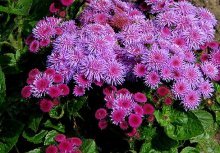
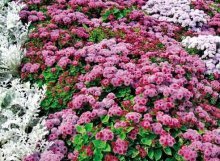
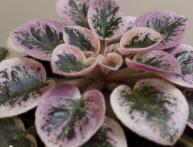
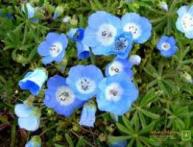
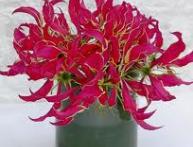
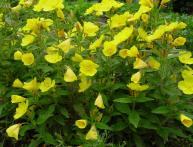

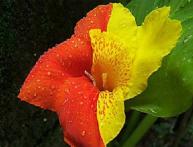
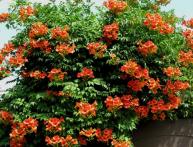
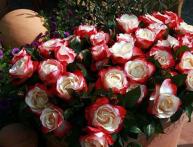
Comments
Our house has a small front garden. I wanted to plant something non-standard for everyone. I planted ageratum and everyone really liked it. Not picky and blooms until autumn. This year I will plant ageratum again.